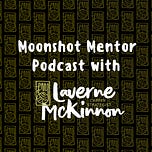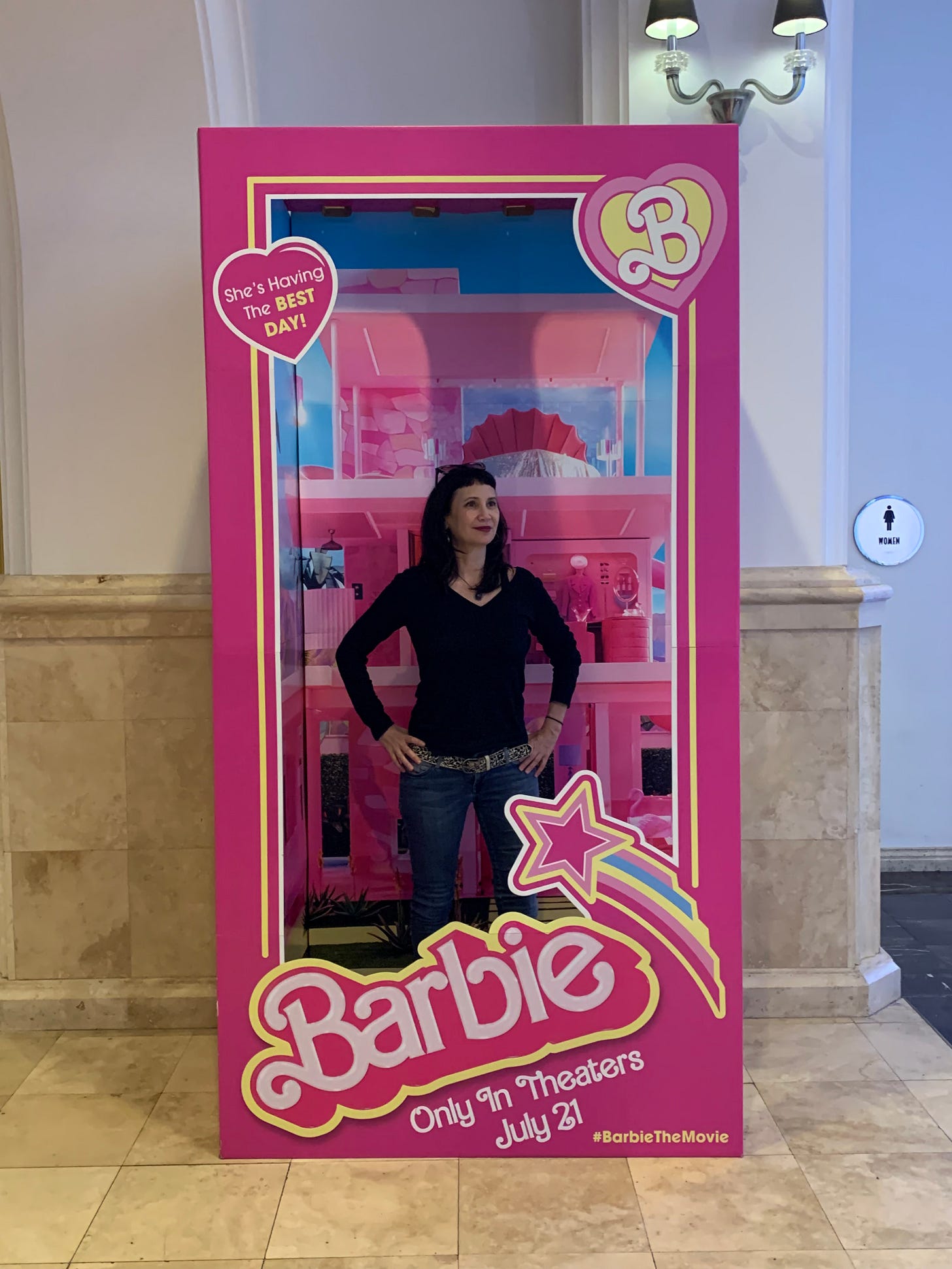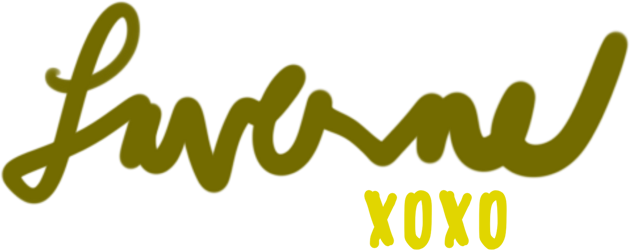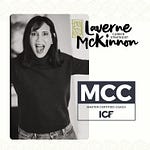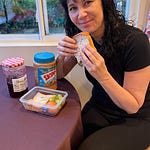How to Write a Great Cover Letter (2025 Edition)
Do you have to write a cover letter? Of course not. No one is forcing you. But if you want to increase your chances for an interview? Then yes, you do.
Jobscan found that including a cover letter increased interview rates by 3.4x. And studies have shown that over 80% of hiring managers read them, and 60% of applications require one.
If you need a little more inspiration, think of it like this:
A cover letter is lighter fluid to charcoal.
A cover letter is the boarding pass that gets you on the plane.
A cover letter is the trailer that makes you want to see the movie.
And honestly, in a world of AI-driven applications and ATS filters, a cover letter is your chance to sound human and make a direct connection.
What A Cover Letter Is (And Isn’t)
A cover letter is a short document (about 300 words) that accompanies your resume. It’s typically three clean paragraphs: an opening introduction, a middle supporting story section, and an enthusiastic closing.
It should not repeat your resume — it should expand on it. If your resume is the dish, your cover letter is the seasoning that makes it memorable. Yes, I am seriously having fun with these metaphors. 😃
The joy of a cover letter is that it provides context, addresses potential gaps or weaknesses, demonstrates genuine interest in the company, and shows your personality.
Here’s the key insight though that takes a good cover letter to great: It’s not about you. It’s about them — and how you make their life easier, their team stronger, and their goals more achievable.
How to Write a Cover Letter
Now that you’ve wrapped your head around what a cover letter really is, here’s how to actually write one. Start with research on the company and the hiring manager. Why? Because you can’t write what you don’t know.
It’s amazing what you can find through searching the web. (Don’t rely on AI - unfortunately, it makes a lot of errors especially as it relates to research.) You can learn about the company through their website, press releases, and social media. If possible, talk to someone who works there. (Most of my clients will use LinkedIn to find even a 4th, 5th or 6th degree of separation contact and have had some good results.) Oh, and don’t rely too heavily on Glassdoor — anonymous reviews tend to skew negative.
Before you start writing, jot down one-sentence answers to these:
What problem does this role solve?
How do my skills directly address those problems?
What keywords or skills should I include to align with the posting?
From there, you’re prepared to draft a cover letter. Here are the three steps.
Write an opening paragraph focused on the company challenge
Like a great first date, the best openings show you’re paying attention. Start with them, not you. Demonstrate you understand their challenges, then connect yourself as the solution.
Prove you can do the job through a story based middle paragraph
This is your highlight reel, not the whole game tape. Tell a short story about how you solved a similar problem. Use specific accomplishments and measurable outcomes. Show personality and enthusiasm — employers consistently say they want both.
Bring it on home with an enthusiastic final paragraph
Your close should show you’re a person of action. Instead of a generic “thank you for your consideration,” suggest a next step. Think of it like the final chord in a song: it should resolve and leave them wanting more.
Examples in Action: Weak vs. Strong Cover Letters
I learn by example so let’s take these concepts and bring them to life by converting a weak cover letter into a strong one. Let’s start with an opening paragraph which is weak due to how generic it is:
Dear Hiring Manager,
I am writing to apply for the Marketing Coordinator position. I have five years of experience in marketing and am highly motivated, detail-oriented, and a hard worker. I am confident I would be a great asset to your company.
Here’s a revision of the opening that addresses the hiring manager’s name, identifies the company’s challenge and efficiently states the applicant’s value proposition which tees up the middle paragraph:
Dear [Hiring Manager’s Name],
I’ve noticed your team at NexGen is working hard to stand out in a crowded digital market — keeping your brand top-of-mind isn’t easy. That’s where I can help. I specialize in creating content strategies that cut through the noise, connect with audiences, and turn attention into measurable growth.
Next here’s a weak middle section that offers up no proof and is focused on skills and responsibilities without impact or outcome:
I have many skills that would make me a good candidate for this position. I am experienced in social media, content writing, and SEO. I work well with others and am eager to learn new things.
Now the revision that creates context with a story and also highlights “soft” skills (collaboration, listening, adaptability) recruiters value but can’t see as easily on a resume. There’s also a little flair and personality:
What you won’t see in my resume is how I approach the work. When our last product launch was at risk of stalling, I coordinated between design, sales, and analytics to quickly reframe the campaign around customer insights. The pivot not only salvaged the launch but drove engagement 30% higher than projected. I thrive in those fast-moving, high-stakes moments where listening, collaboration, and a clear story make the difference between noise and traction.
Finally this closing section is weak because it’s bland and passive. There’s no personality and puts all the work on the hiring manager.
Thank you for your time and consideration. I look forward to hearing from you.
The following closing section is much stronger because it’s action oriented without being pushy and has energy and enthusiasm:
I’d love to bring this same mix of creativity and data-driven strategy to NexGen and help your team hit its ambitious growth goals this year. I would welcome a conversation about how I can support your upcoming campaigns.
There’s a big difference between these two versions. In a competitive job market, we want to use every opportunity to share not just our talent and experience, but our personalities and what makes us unique.
Cover Letter Do’s and Don’ts
So now that you understand the format and goals for each section of the cover letter, here are a few more tips to ensure a standout letter.
Do
Personalize (use the hiring manager’s name when possible).
Include measurable accomplishments.
Proofread carefully. Typos can knock you out of the running.
Don’t
Be overly formal — or overly casual.
Repeat your resume word for word.
Use clichés like “hard worker” or “think outside the box.”
Include irrelevant details.
Forget to tailor each letter to the role.
Bottom line:
A cover letter is your spark — the lighter fluid to your charcoal, the trailer before the movie. Use it to show not just what you’ve done, but how you’ll make their life easier, their team stronger, their goals more achievable.
Related Content
Perks for Paid Subscribers
Here are four questions to help you reflect on your own cover letter — whether you’re actively job searching or just thinking ahead to future opportunities:
Listen to this episode with a 7-day free trial
Subscribe to Career Strategy with Laverne McKinnon to listen to this post and get 7 days of free access to the full post archives.

